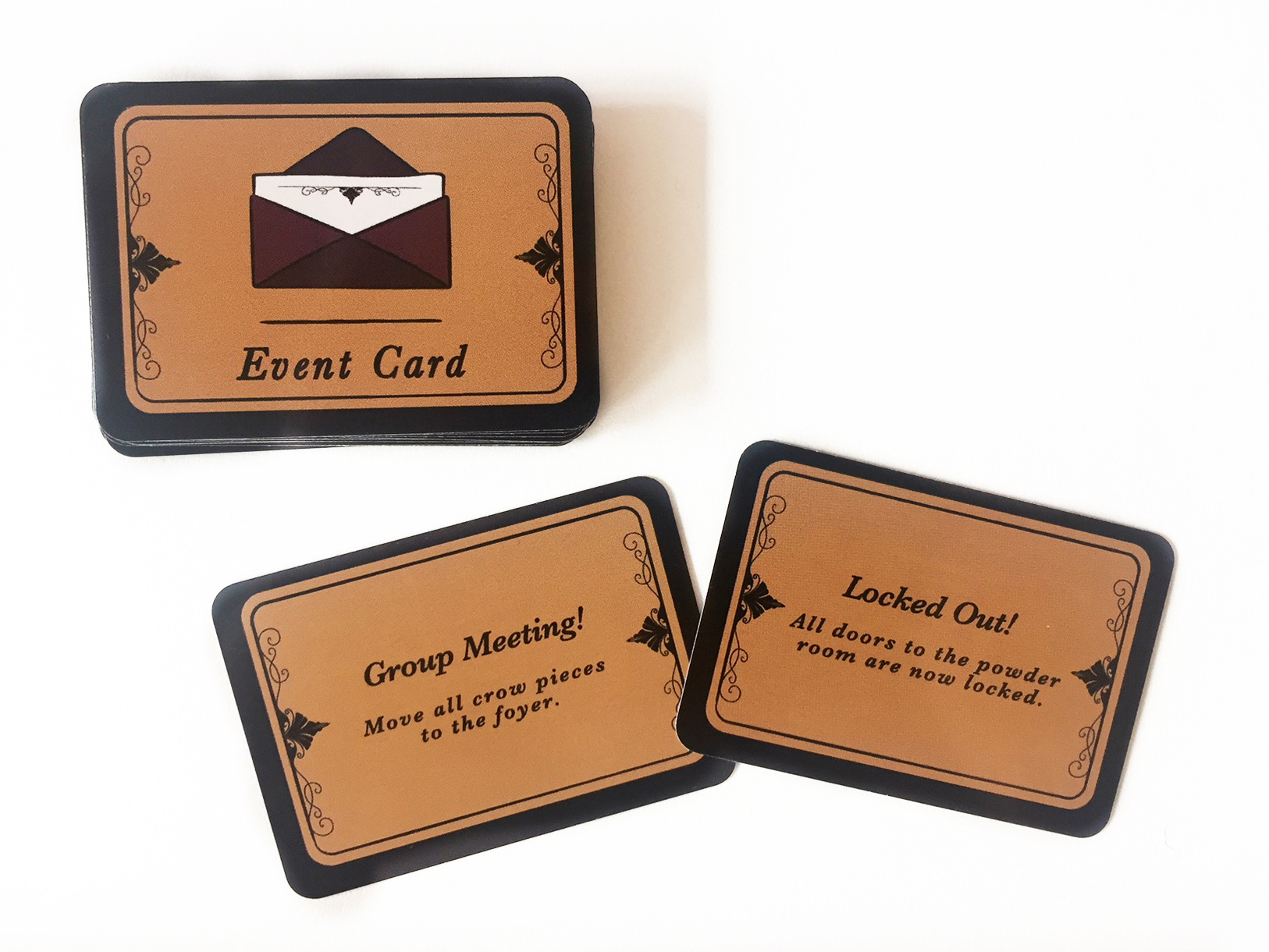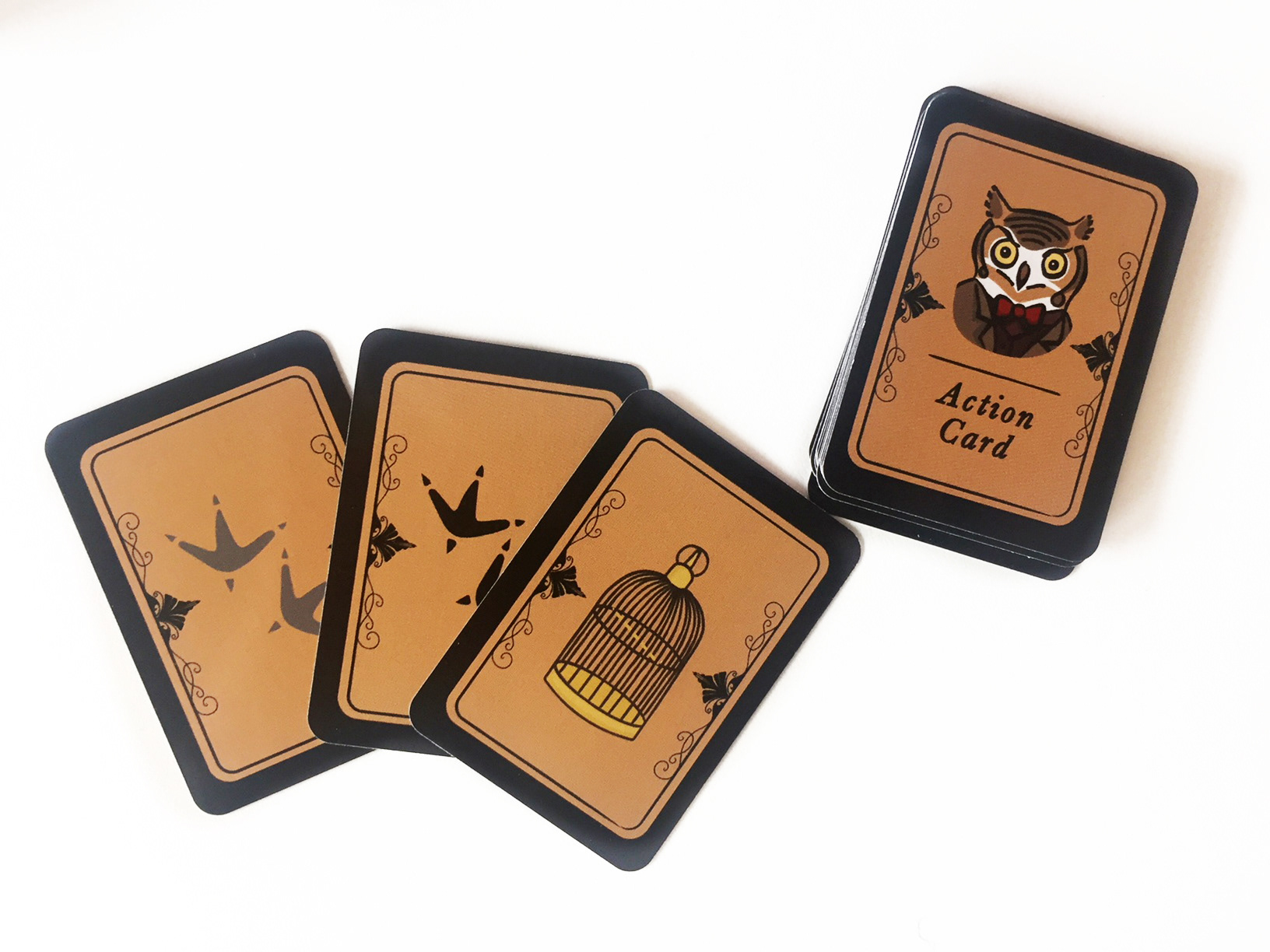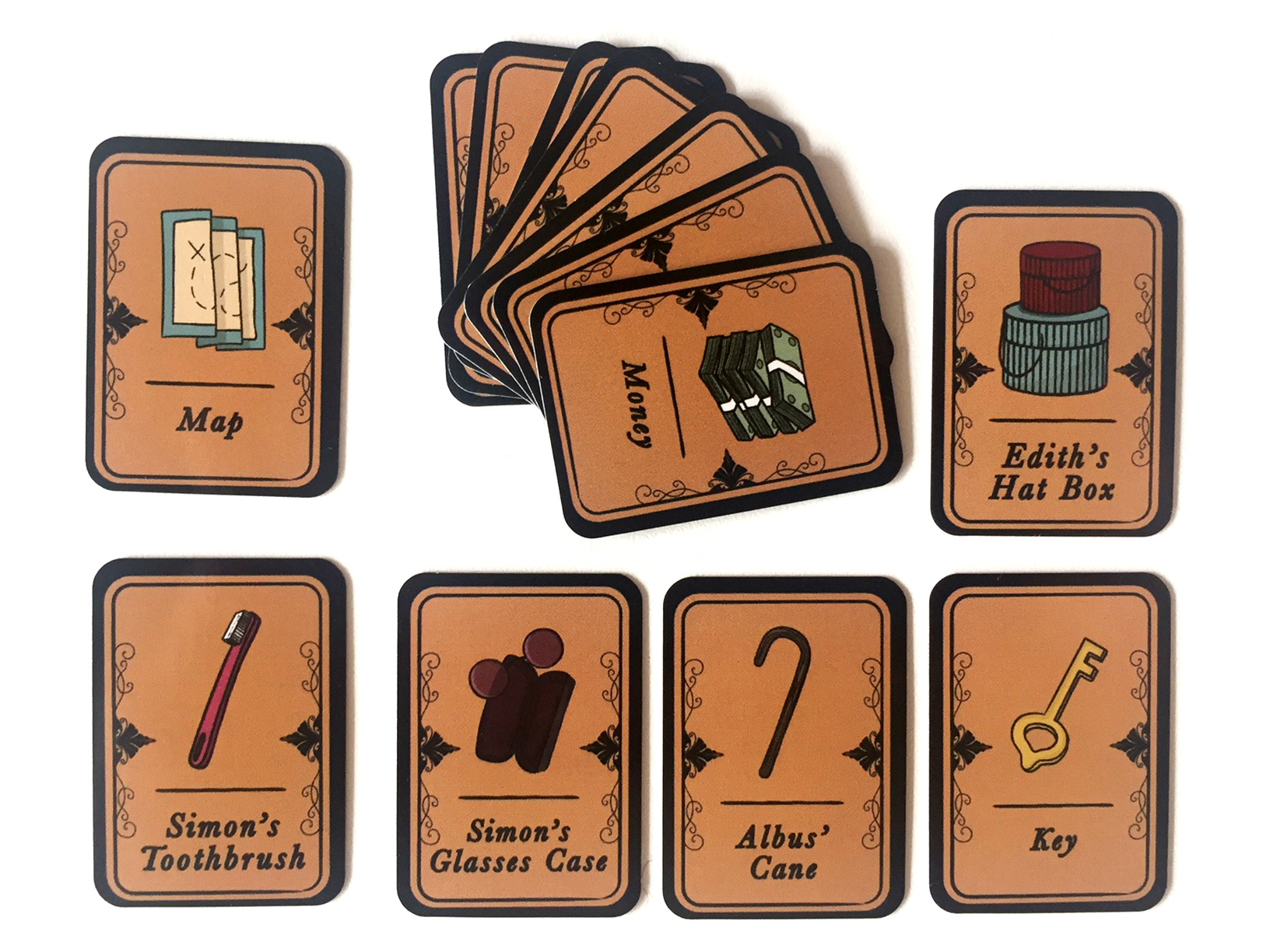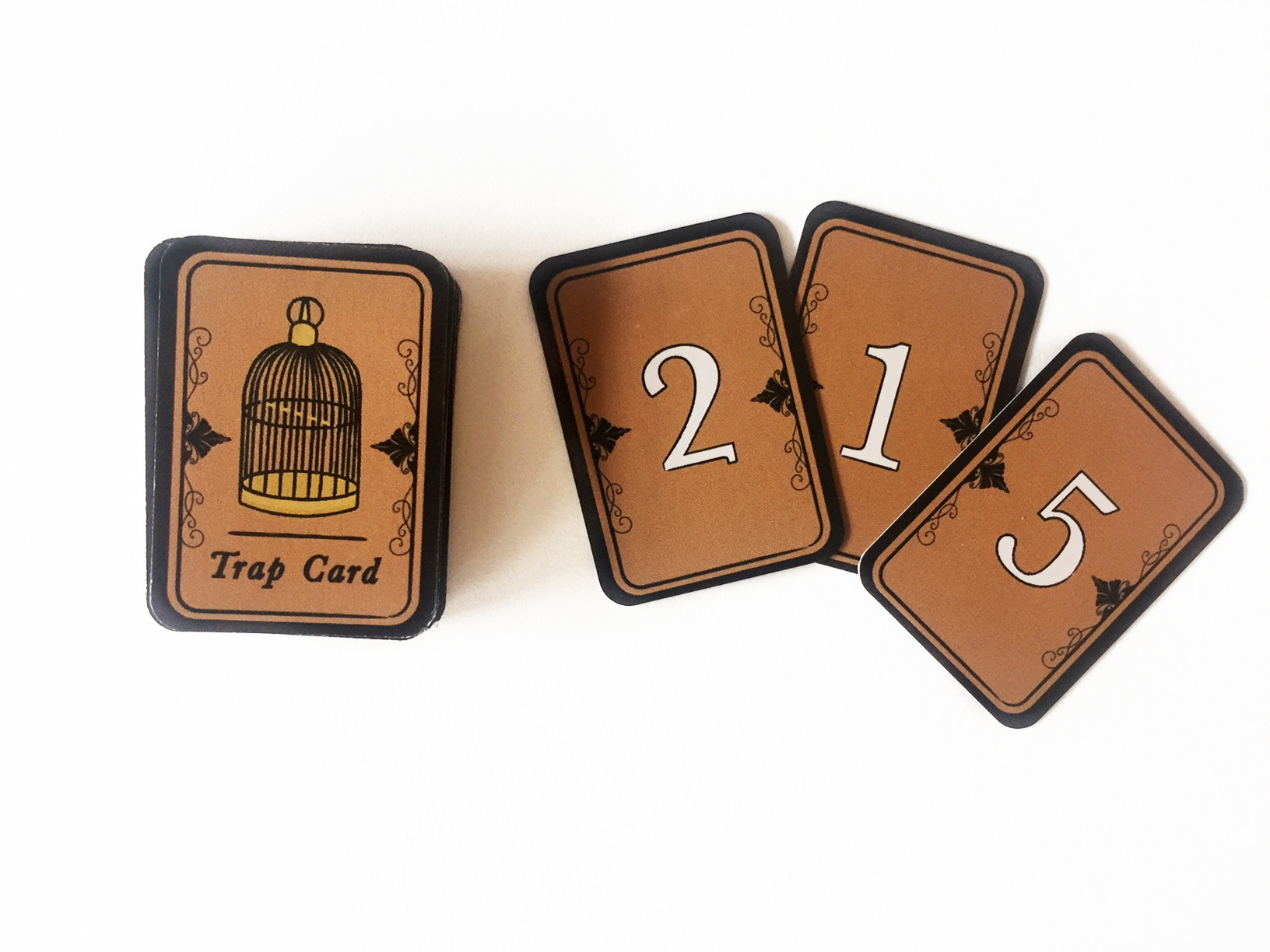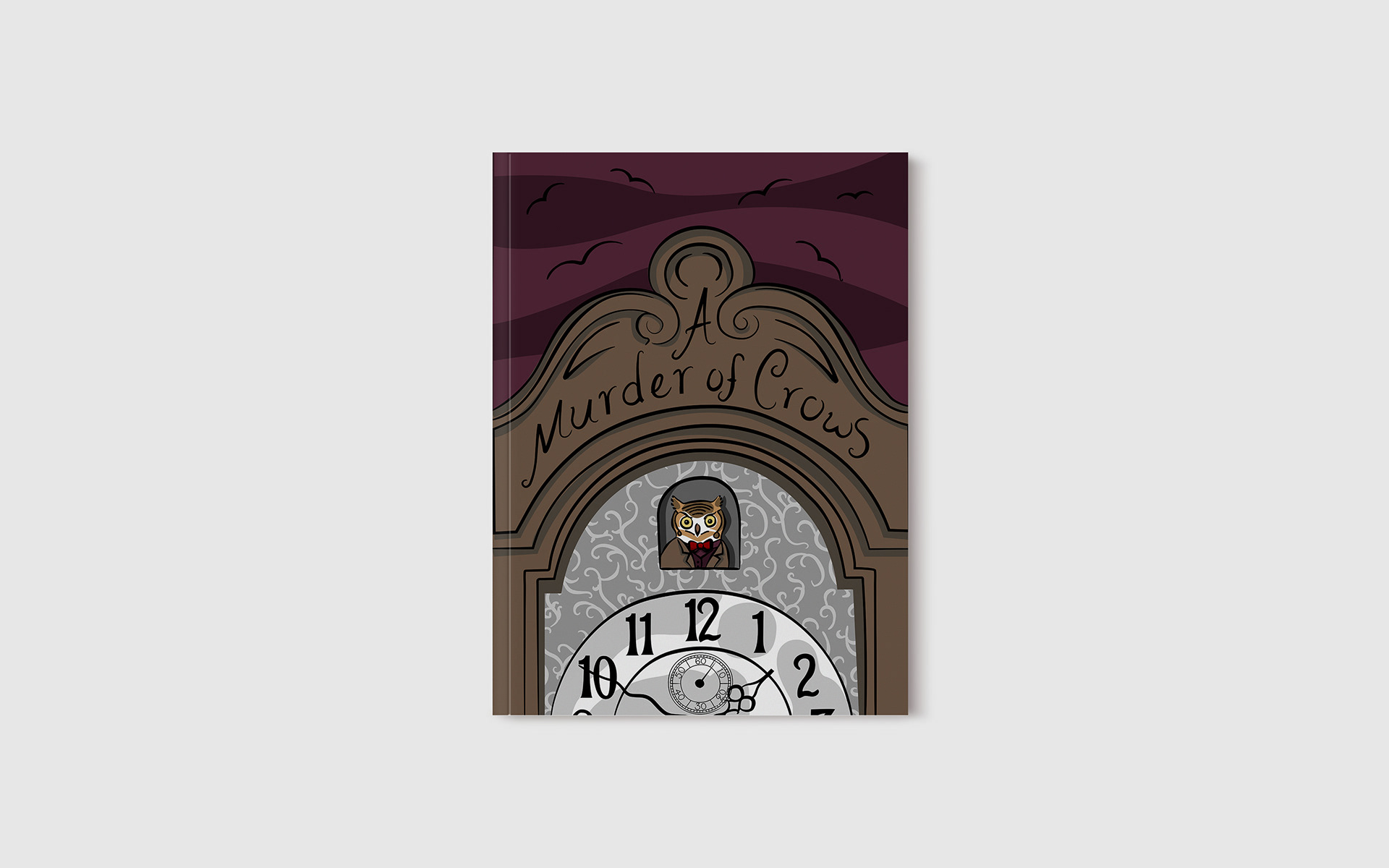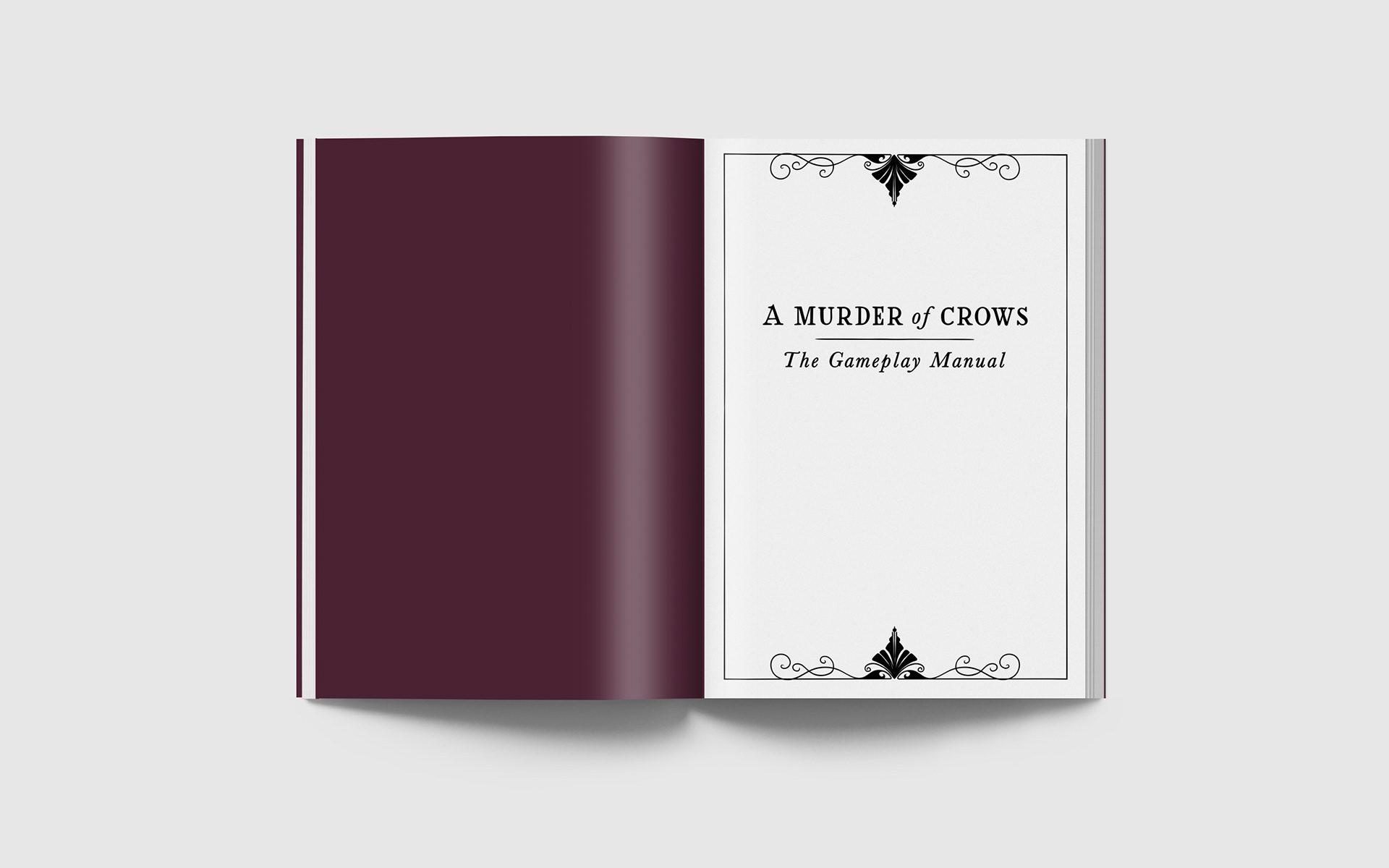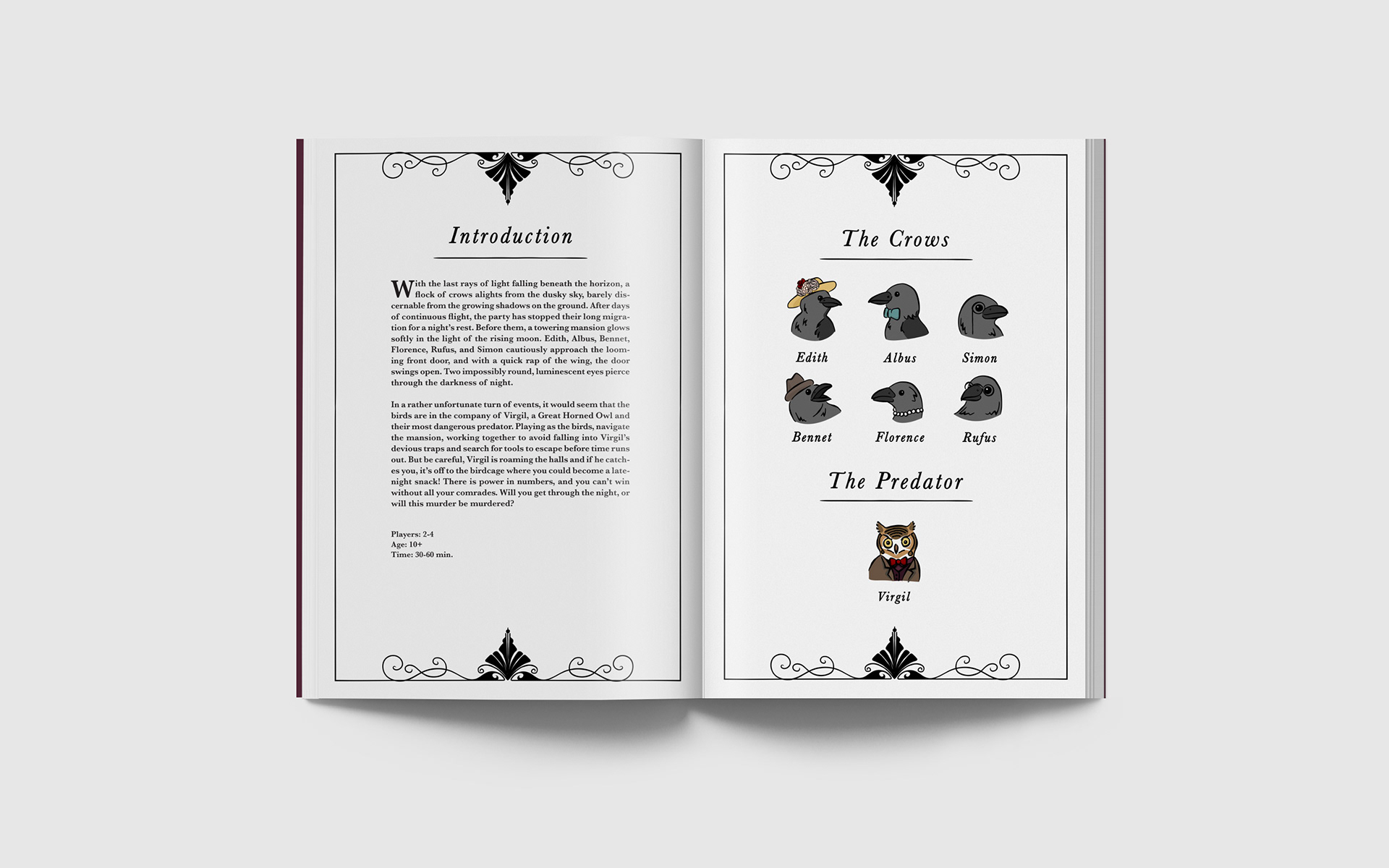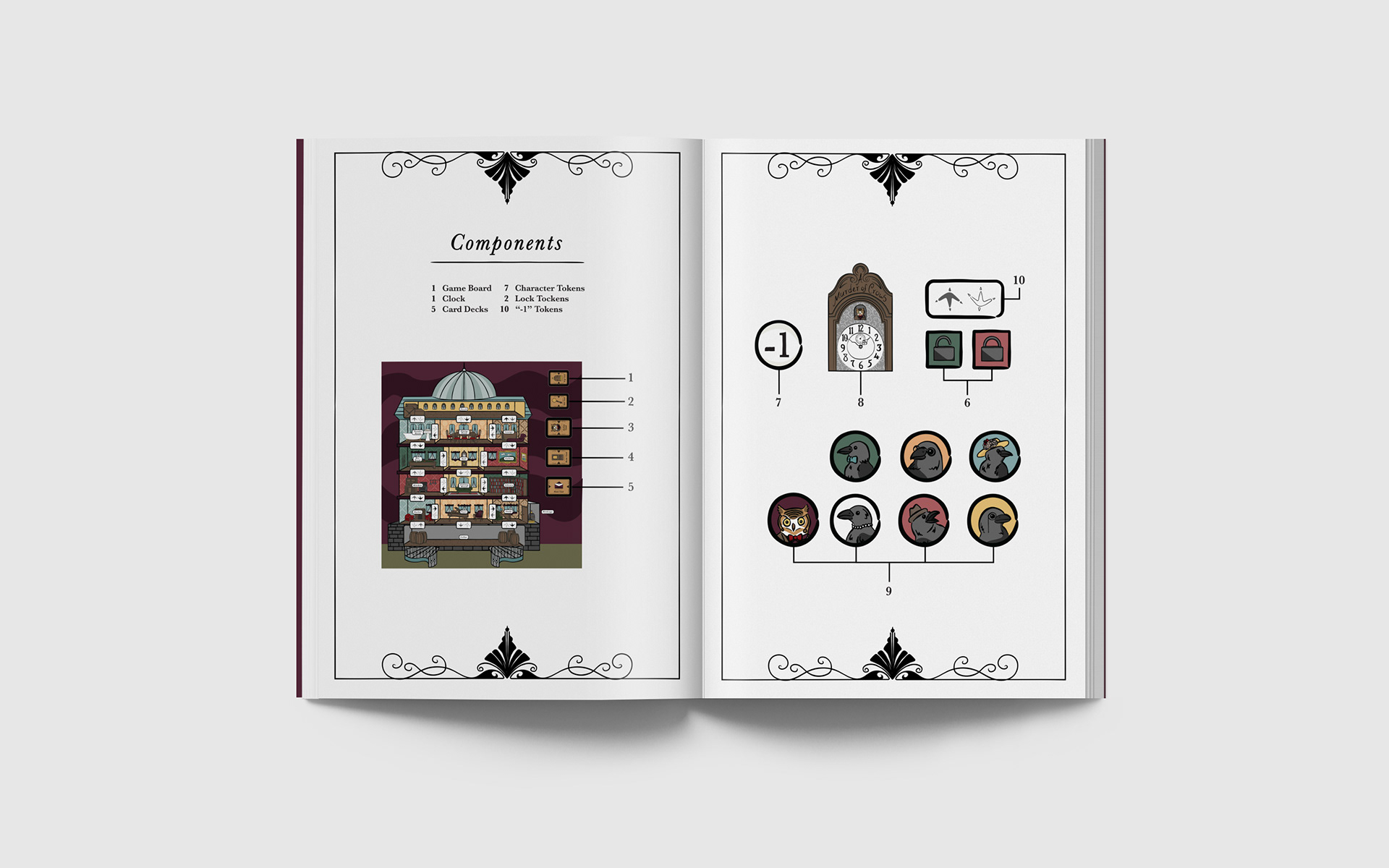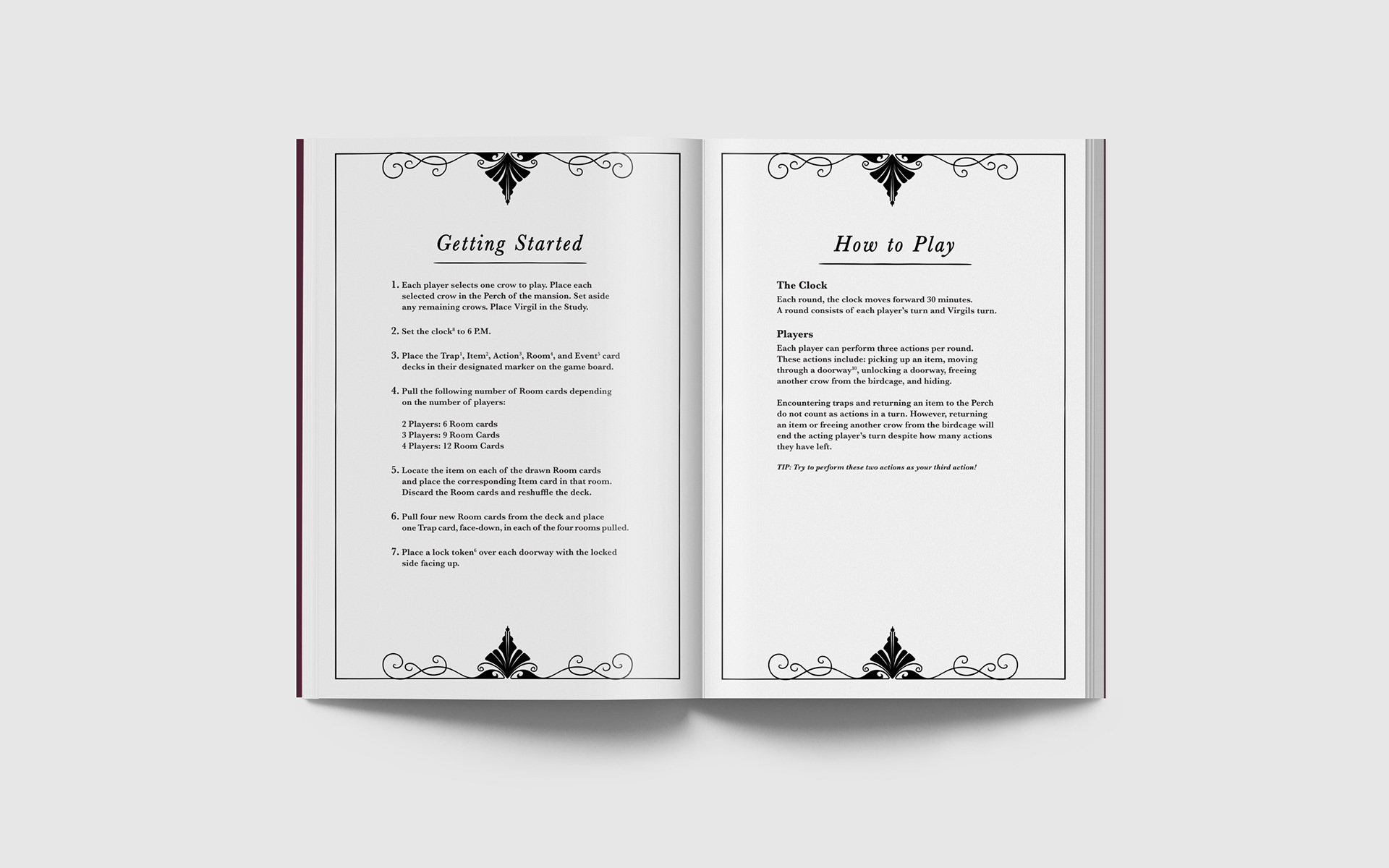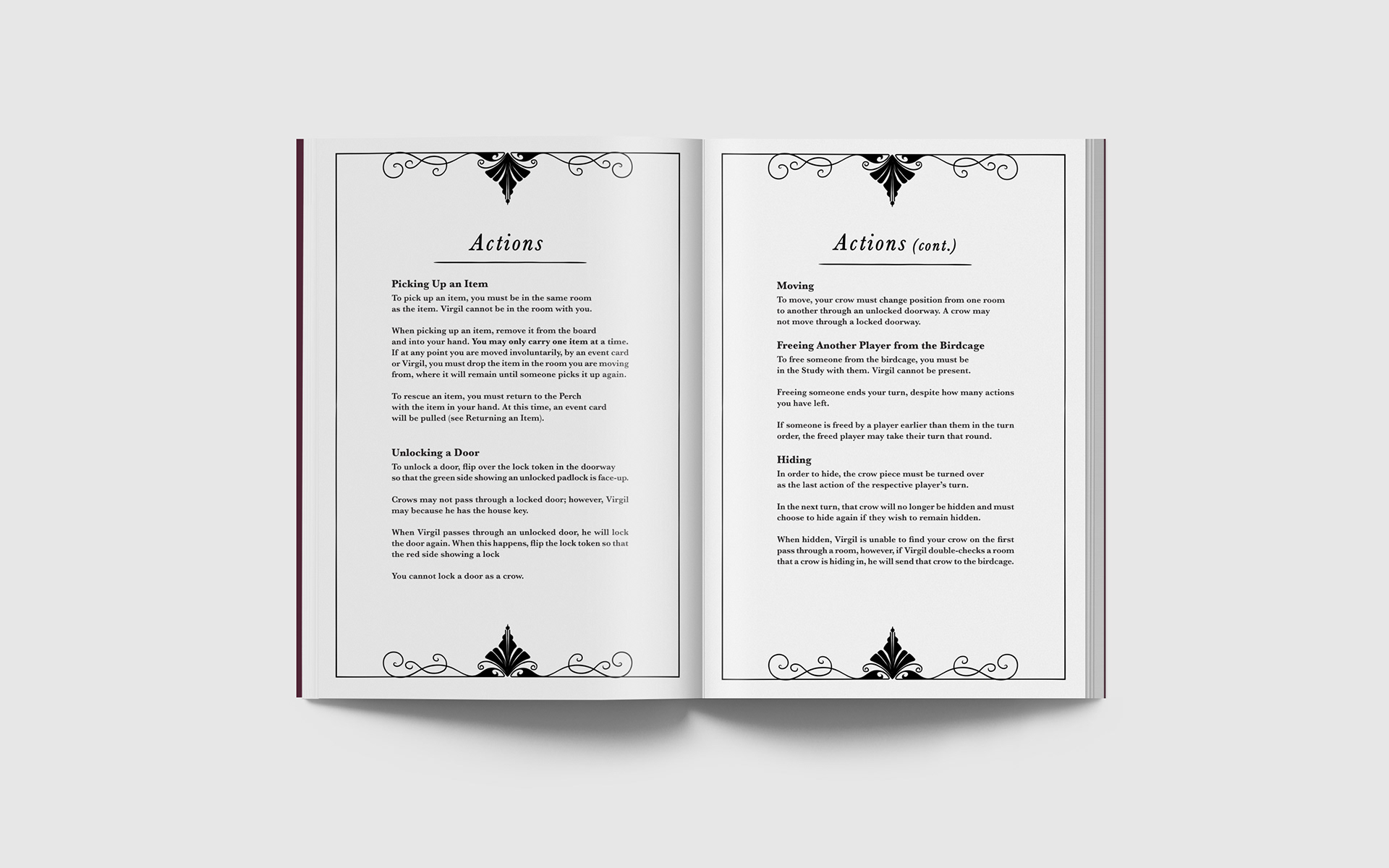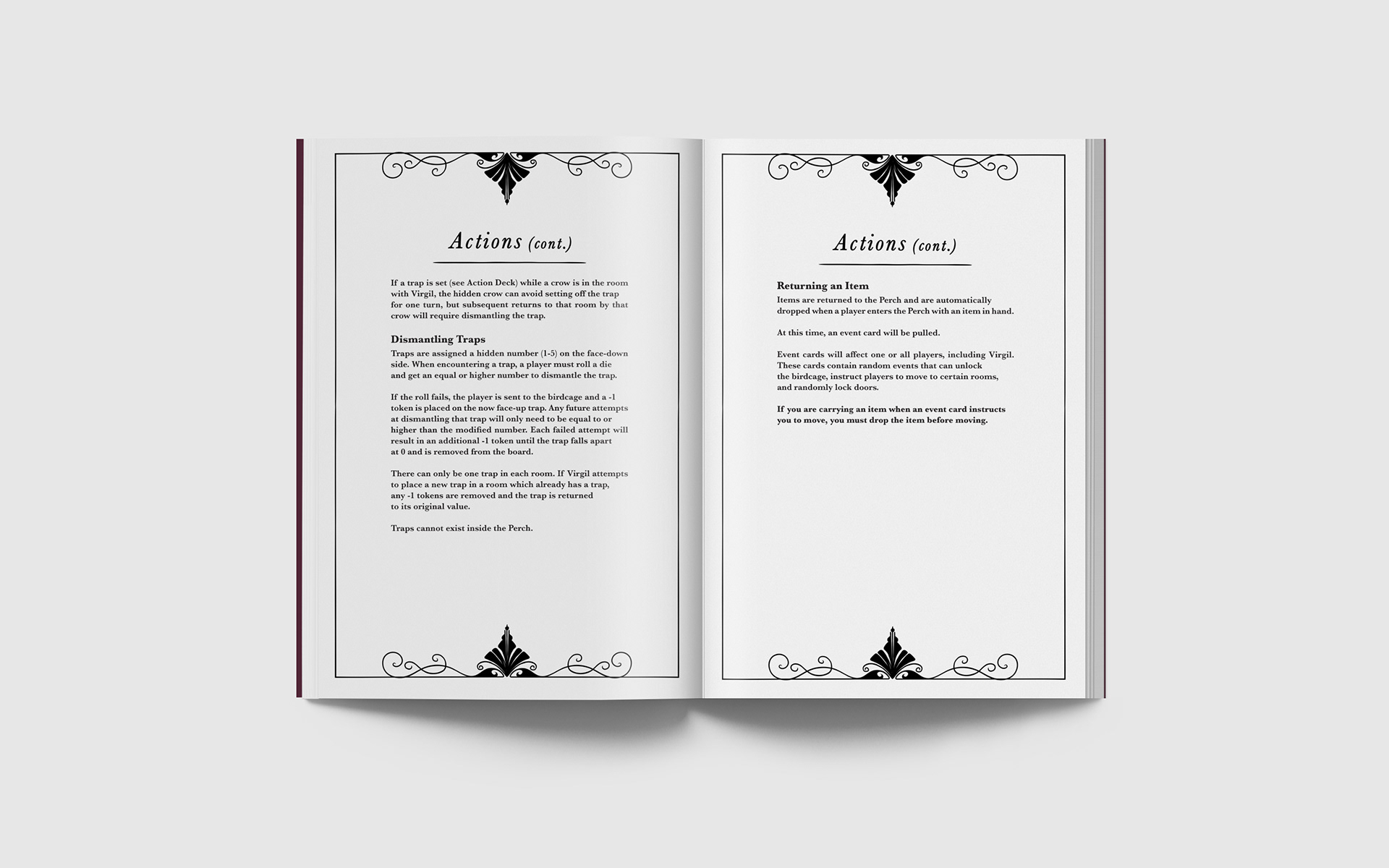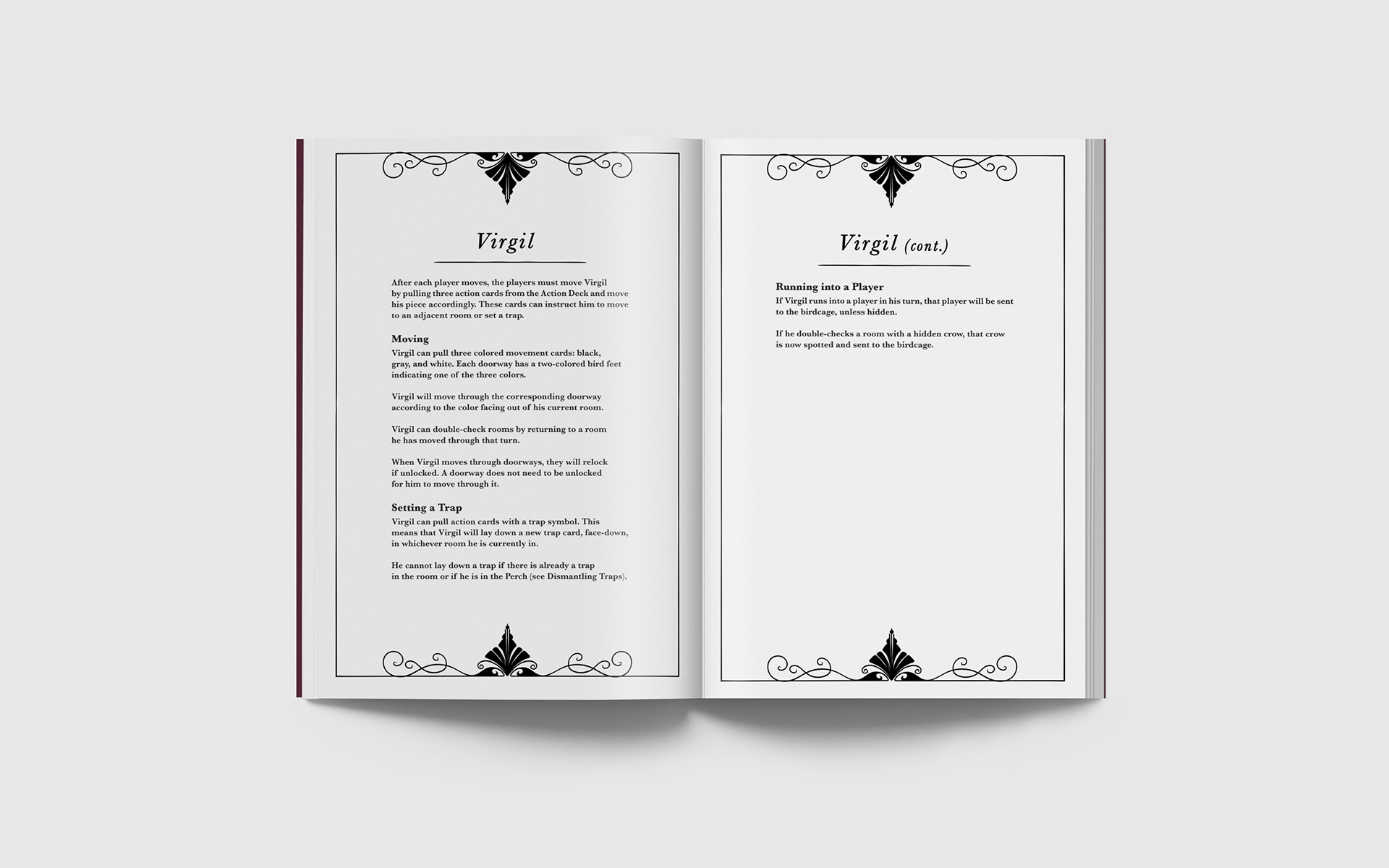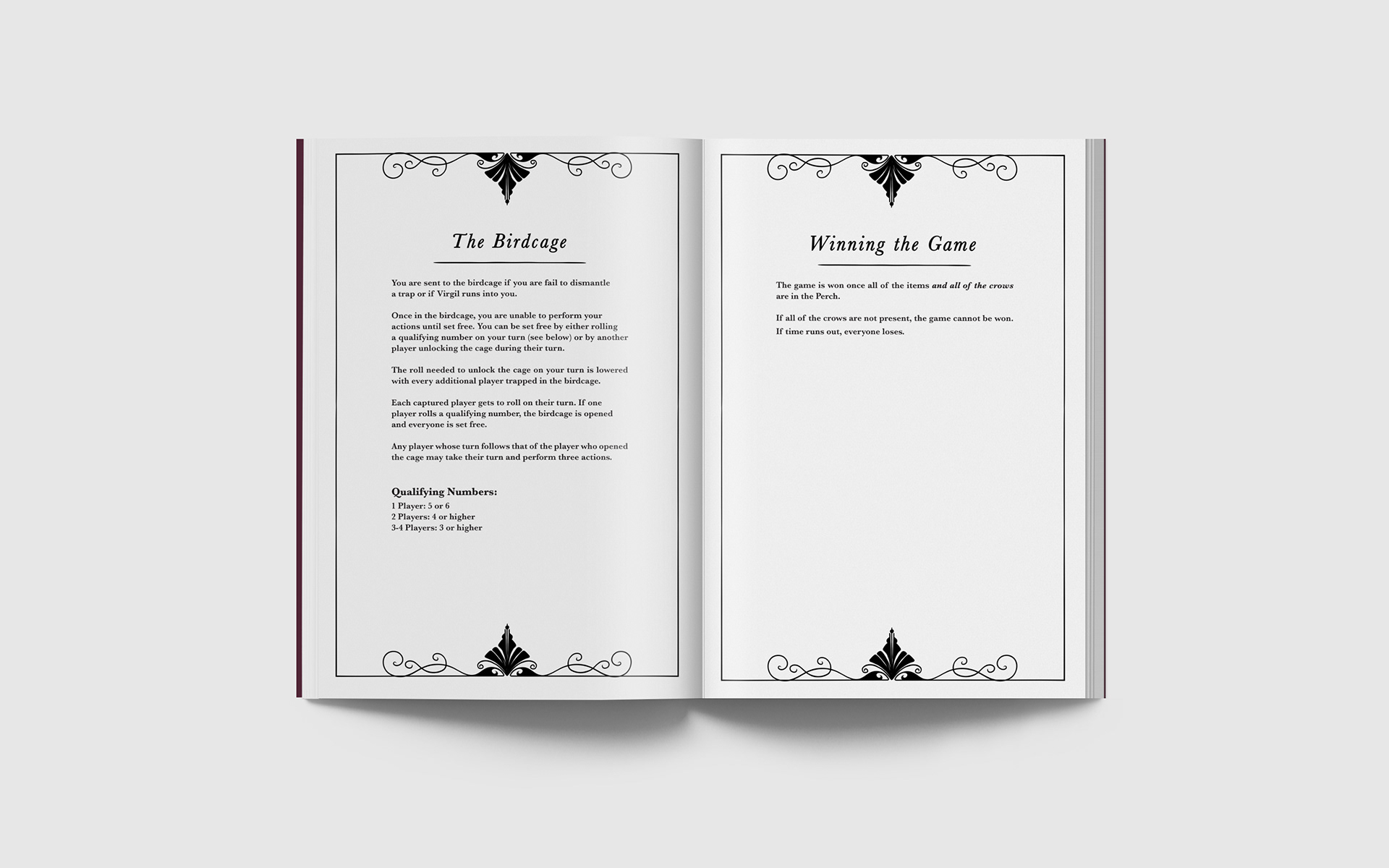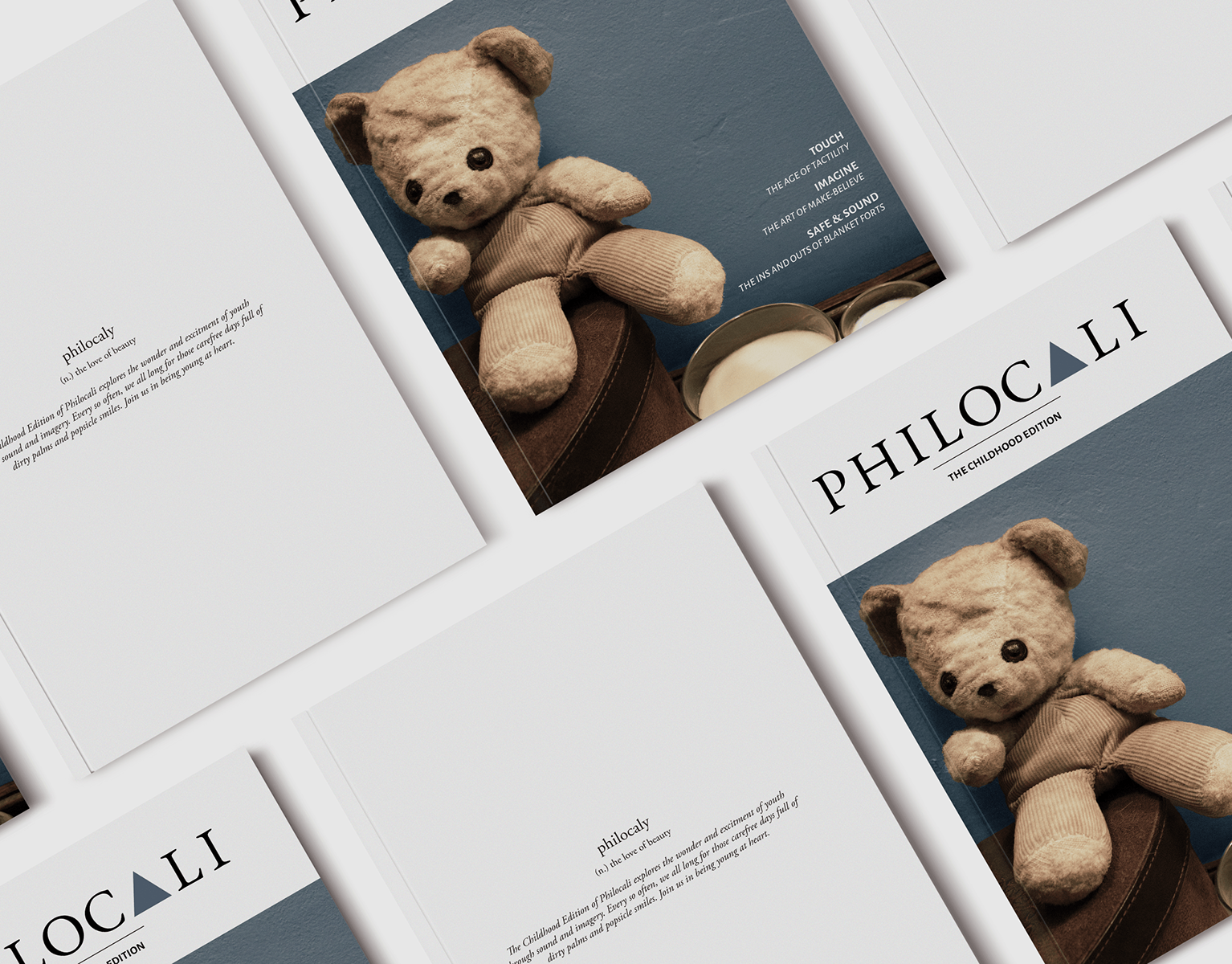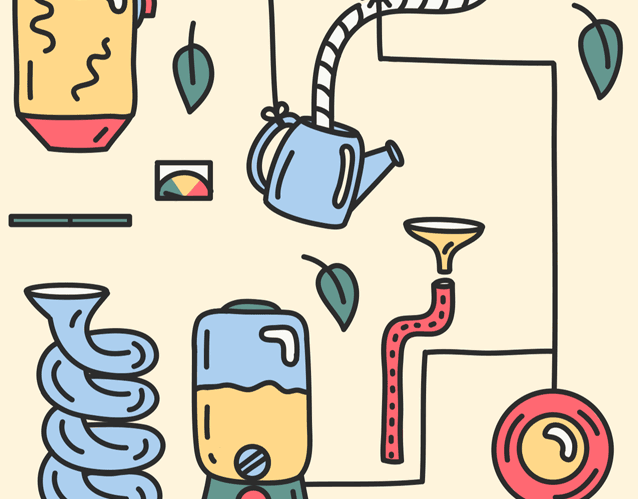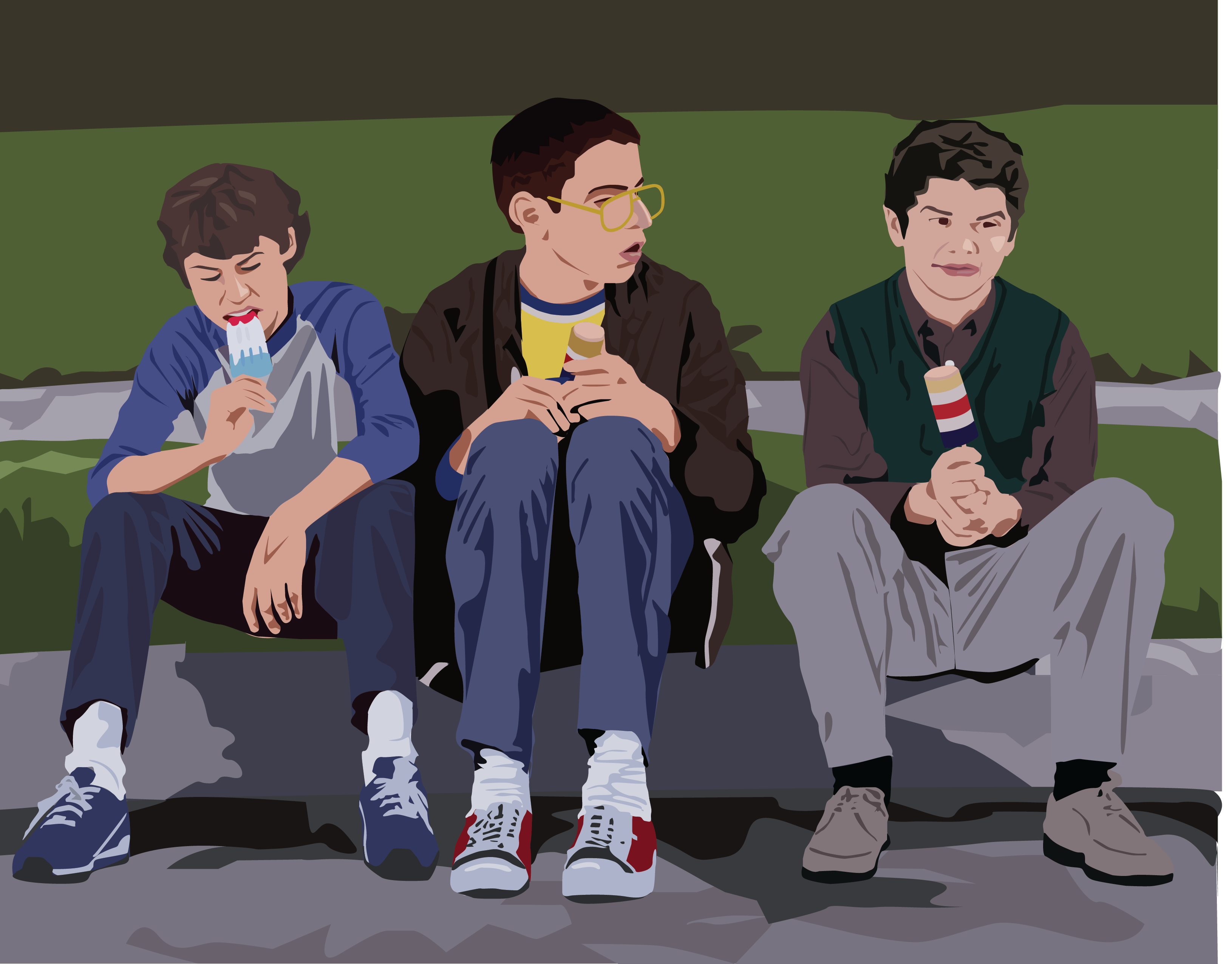Premise:
This game looks at strategic board games from a collaborative standpoint, and aims to encourage teamwork and evoke empathy from the players. By simulating a high-stakes cat and mouse chase, and requiring the inclusion of every player to win, A Murder of Crows accomplishes this unusual but riveting dynamic. The game keeps players guessing with constant plot twists and unforeseen events that must be met head-on. The only way to succeed is to work together.
Challenge:
Most competitive, strategic board games (Risk, Catan, Monopoly, etc.) are winner-takes-all. I wanted to create a variation on this model that placed all of the players on the same team, but still featured a complex opponent. This would require a unique method of movement for an "automated" opponent that was simple enough to execute, while still making for engaging and challenging gameplay.
Solution:
The rules and mechanics of the game were researched, designed, and tested over the course of sixth months, using paper prototypes, by varying groups of game enthusiasts, educators, and other designers.
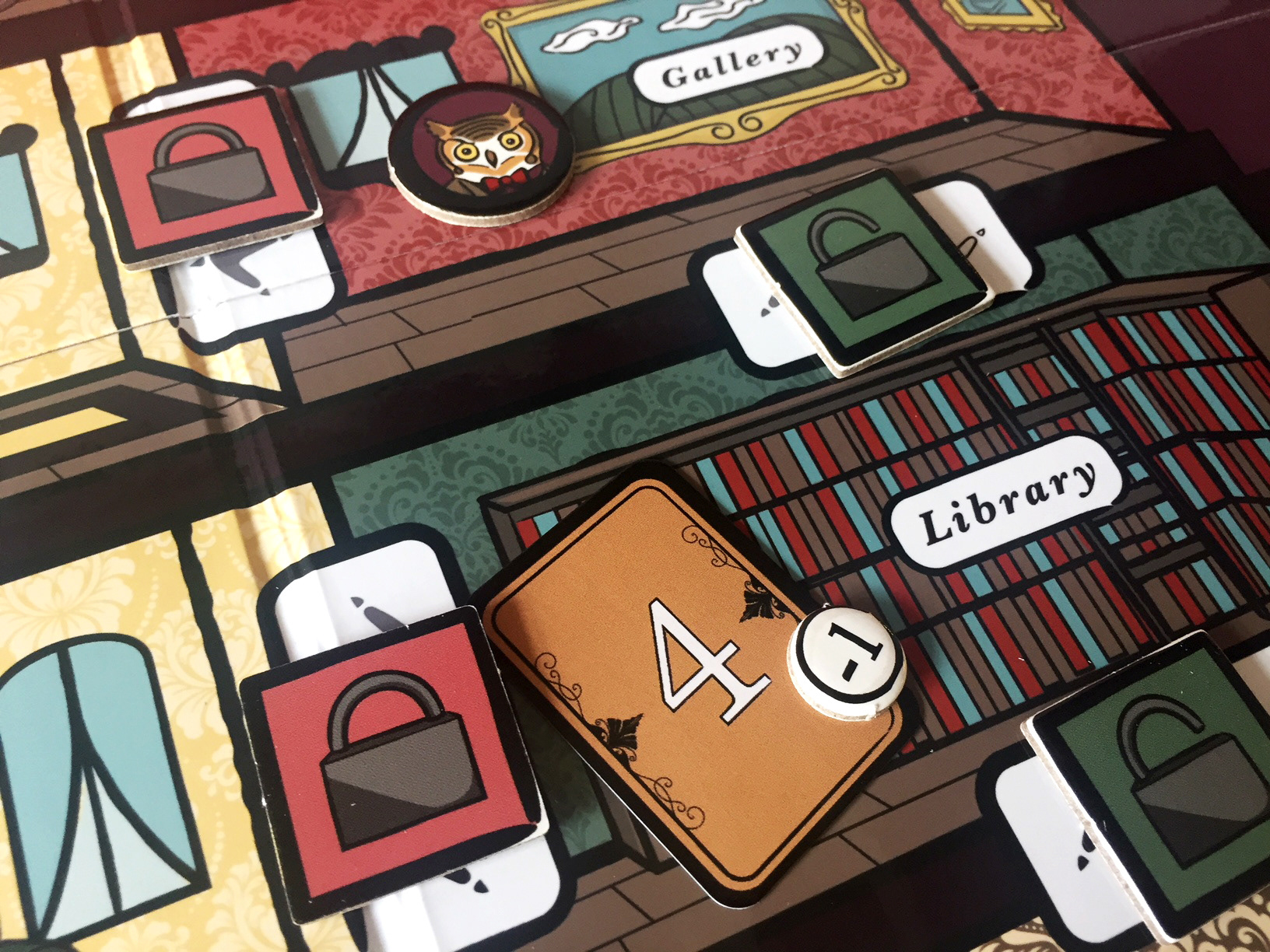
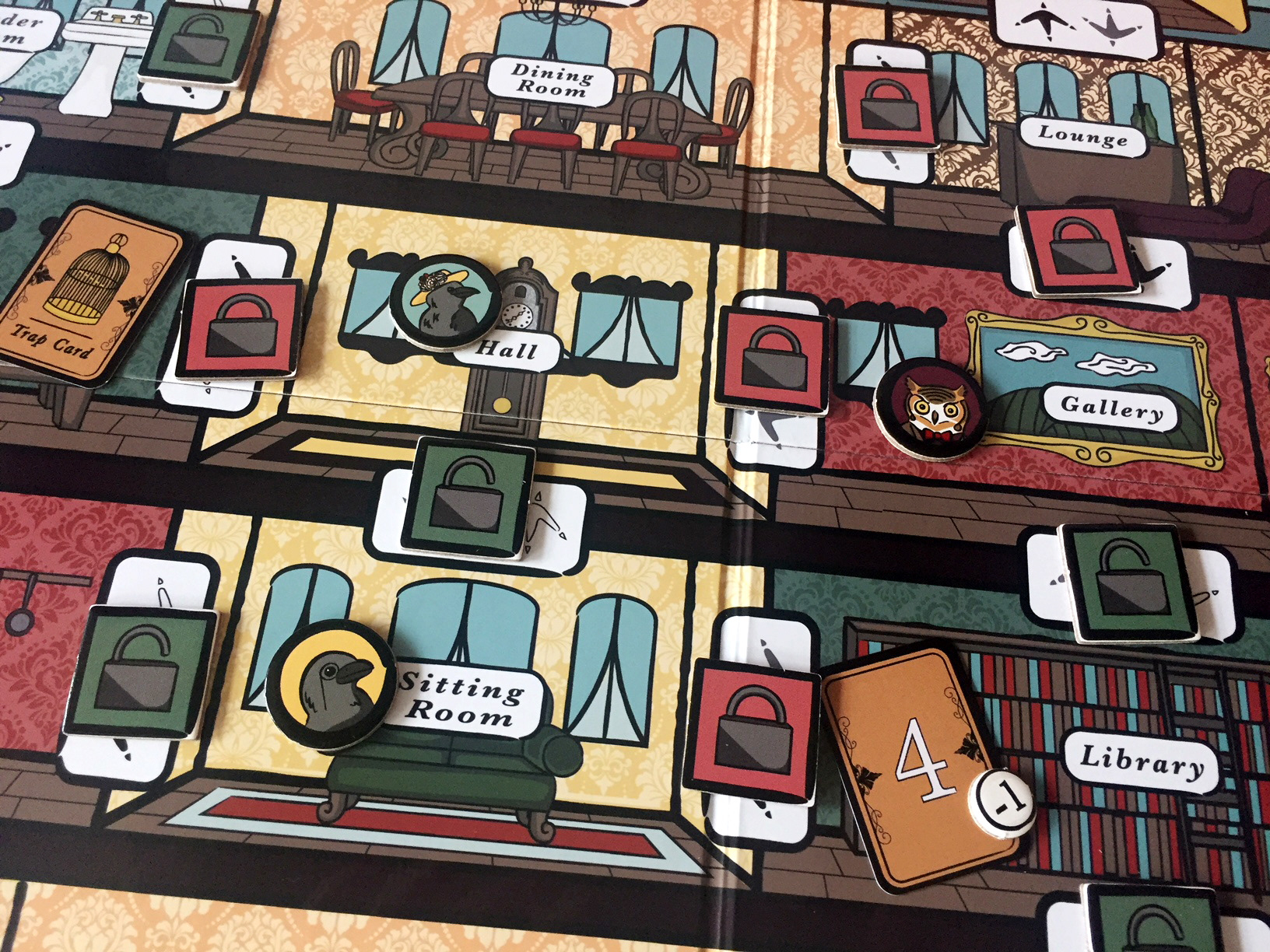
The game board borrows from the "dollhouse" filmography style.
One major obstacle was determining how the opponent would move around the board while remaining randomized. The solution was to use doorways, providing three exit points from each room (the exit indicated by the direction of the bird foot) in three different colors. By using three exit and entrance points in fourteen rooms, there is enough variety in movement while keeping the overall size of the game board compact and the game time reasonable.
To move the opponent, the players must draw from a card deck containing movement cards. Movement cards demonstrate a colored bird foot which correlates to one of the room's exits. In addition to movement cards, the deck also includes trap cards that trigger a new trap in the opponent's current room.
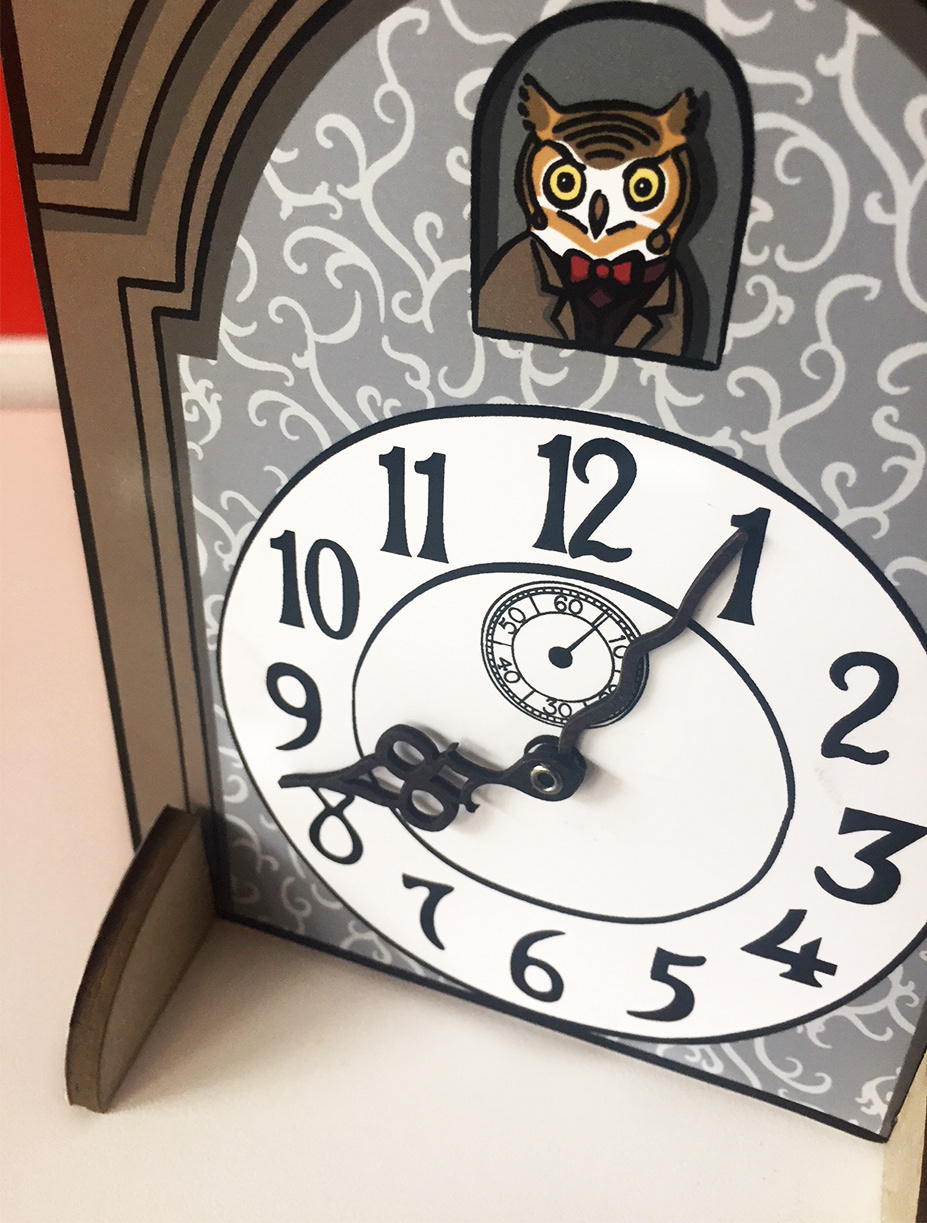
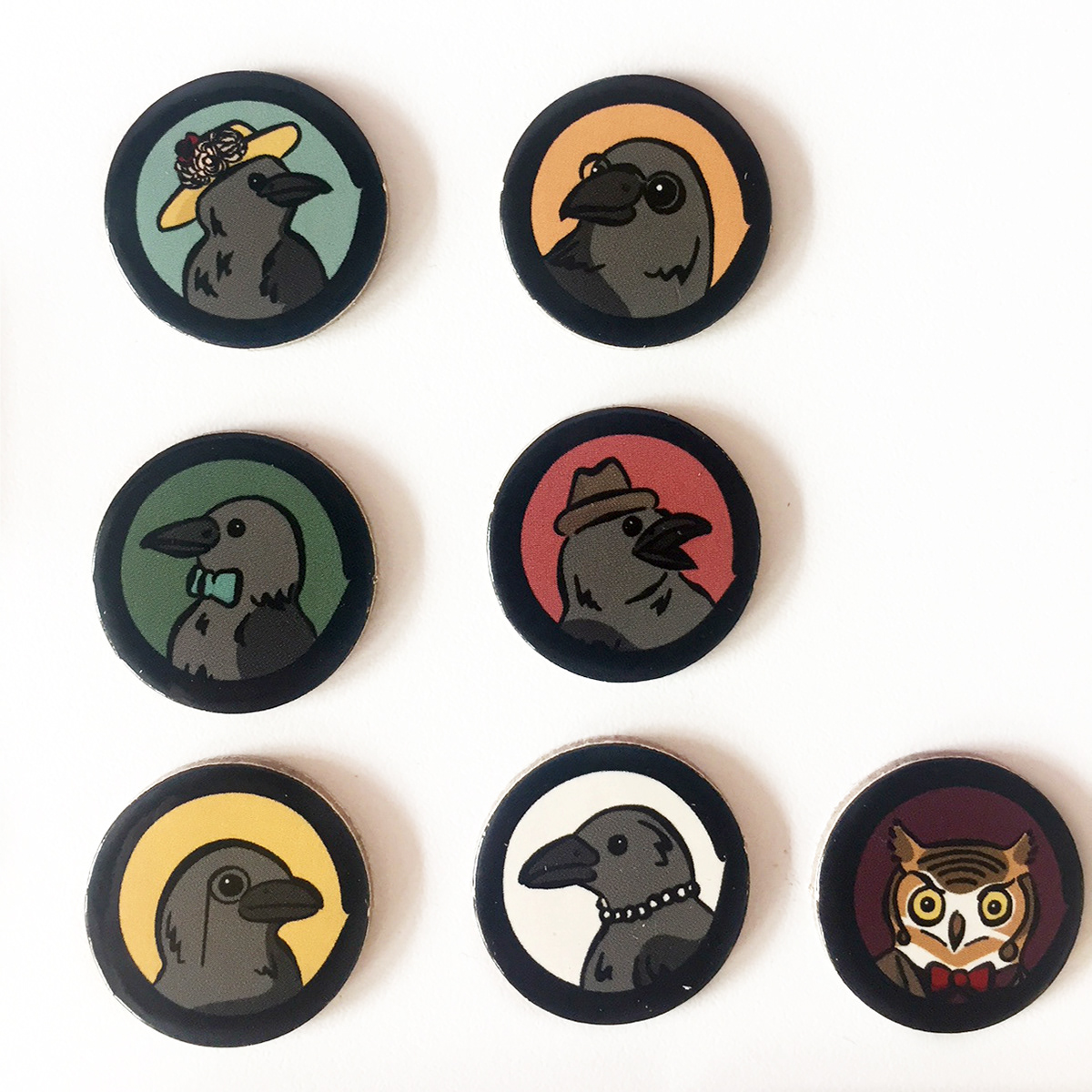
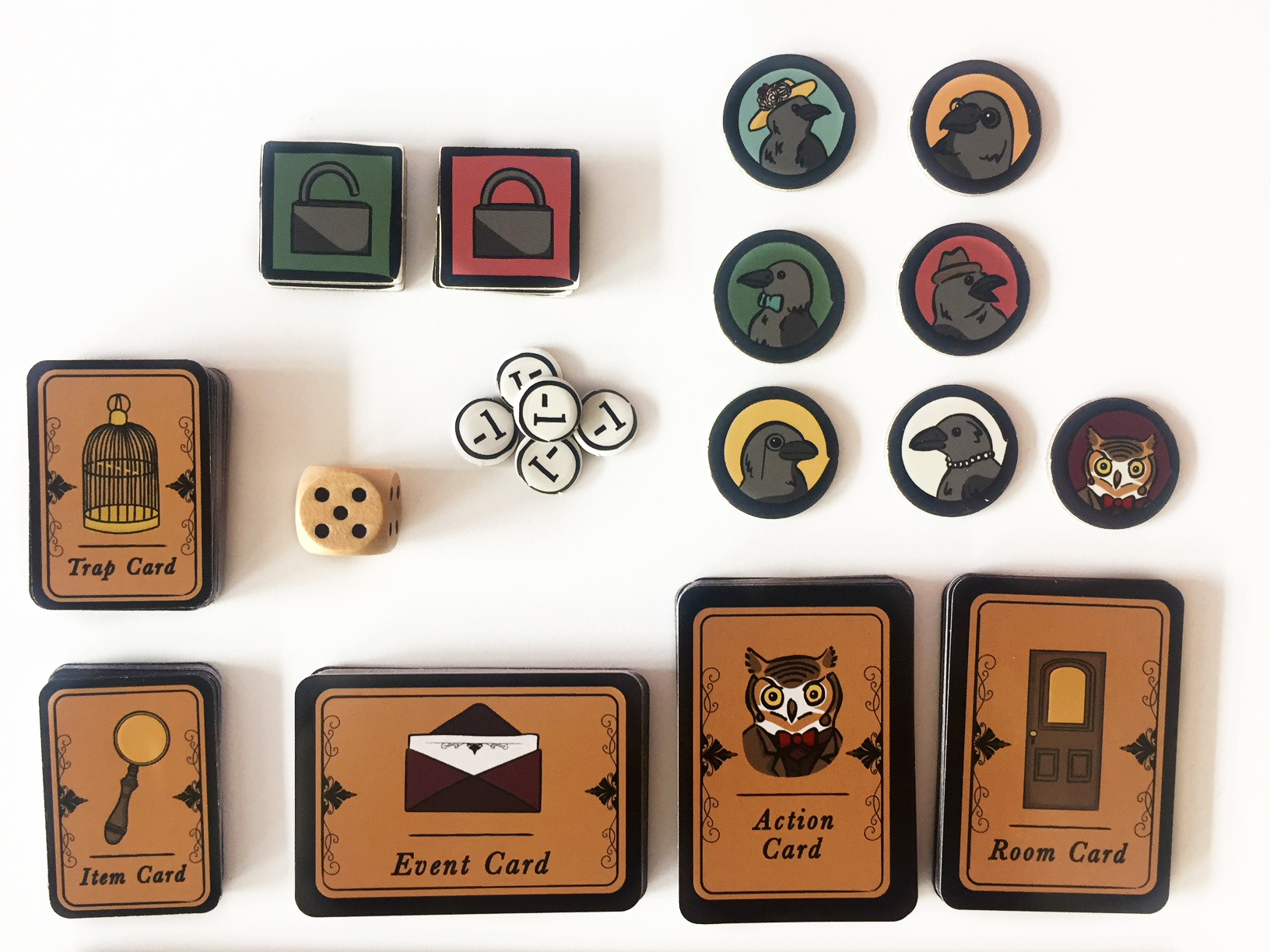
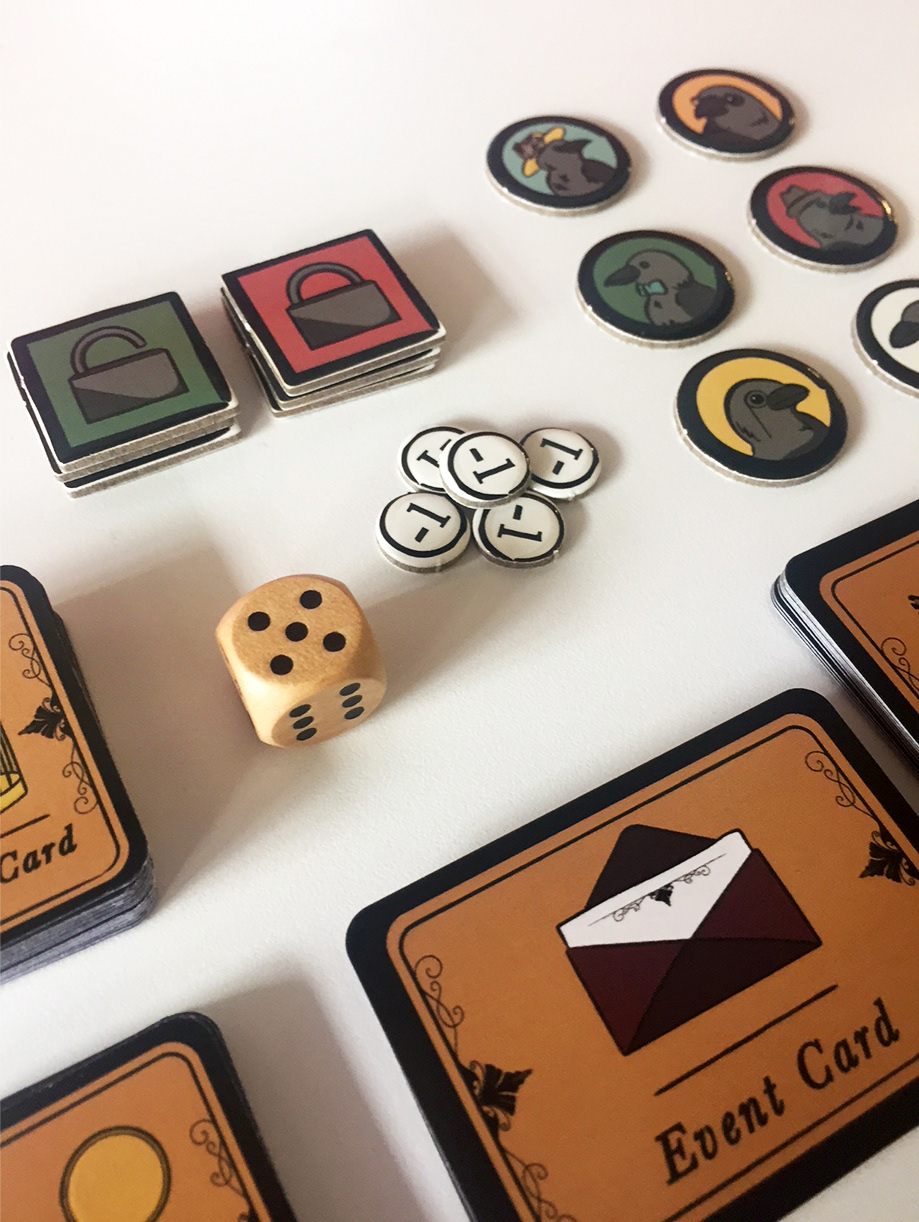
Players and the opponent have one turn per round, either moving or performing certain actions (three per turn). The games consist of 24 turns to collect a number of items determined by the number of players. A clock denotes the current round and is moved forward on the opponents turn.
After testing the outcomes of games with varying rounds, action allotments, and items, I determined the optimum method of altering difficulty for larger groups to be through the number of items needed to win. The number was finalized after the probability of a win for each number of players was determined to be around 70%.

